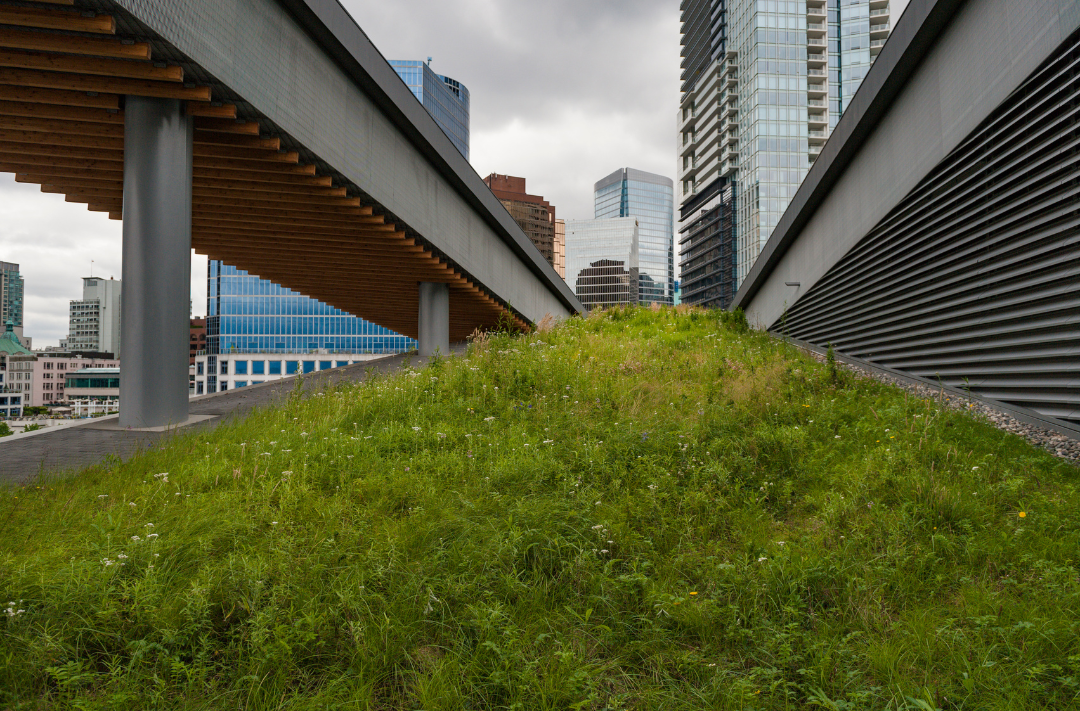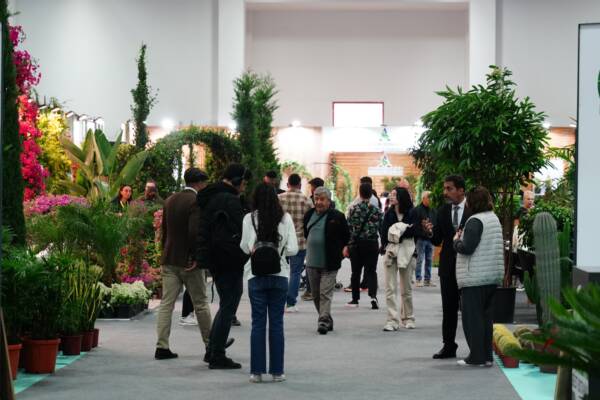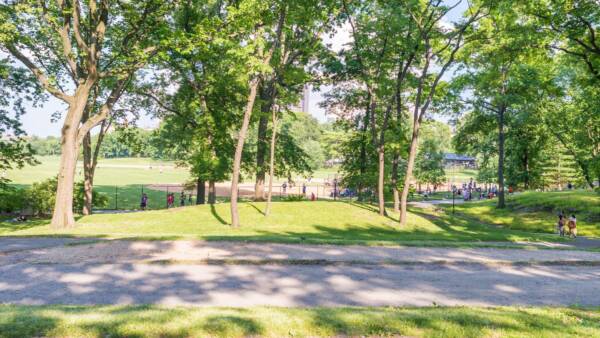Weeds might not be unwanted on green roofs.
Green roofs are increasingly popular in cities across the globe. This type of green infrastructure’s top layer is constructed from substrate with plants seeded into it. The benefits of green roofs in cities includes air quality improvement, stormwater runoff reduction, aesthetic value and biodiversity for insects. Green roofs can intercept and store rainfall in the substrate, thereby reducing stormwater runoff and delaying peak flow rates. The vegetation in green roofs can further increase rainfall retention by uptake and transpiration of the stored water. Sedum is commonly planted as it is tolerant of shallow substrates and variable water access. In the absence of routine maintenance, green roofs are often colonised by ‘weedy’ spontaneous vegetation which can become dominant.
However, because green roofs are often implemented with limited resources, this raises concerns that these benefits may be lost due to the challenges associated with management and maintenance of the planted area. The initial expense and resource demand can also be a barrier to adoption in lower socio-economic areas. Research from Schrieke et al. in Melbourne, Australia, considered the role of ‘weeds’ in the function of green roofs to reduce rainfall runoff in circumstances where low management could change the plant species mix. This research was conducted to understand if ‘weeds’/spontaneous vegetation establishment led to a loss in the ecosystem service benefits.
The incidence of spontaneous green roof vegetation is affected by substrate depth and climate, with deep substrates promoting greater species richness, functional richness, and canopy cover, and higher rainfall areas promoting greater species richness and plant cover. This research examined the role of spontaneous vegetation over 100-day rainfall simulation. Research modules included 14 commonly found spontaneous plant species, and the change in rainfall management and species variation in mediterranean conditions was evaluated.
The results found that spontaneous vegetation can increase stormwater retention and have similar properties to commonly planted species. Deeper substrate developed greater plant coverage, plant density, and functional richness. These findings support the implementation of green roofs in locations which may be more challenging or restricted for management. In urban areas with less resources green roofs would still be a beneficial option to reduce peak rainfall runoff. Whilst management of a green roof is still required to maintain maximum benefit, an increase in weedy vegetation does not necessarily reduce green roof functionality.
Schrieke, D., Szota, C., Williams, N. S., & Farrell, C. (2023). Evaluating the effectiveness of spontaneous vegetation for stormwater mitigation on green roofs. Science of the Total Environment, 898, 165643.



















